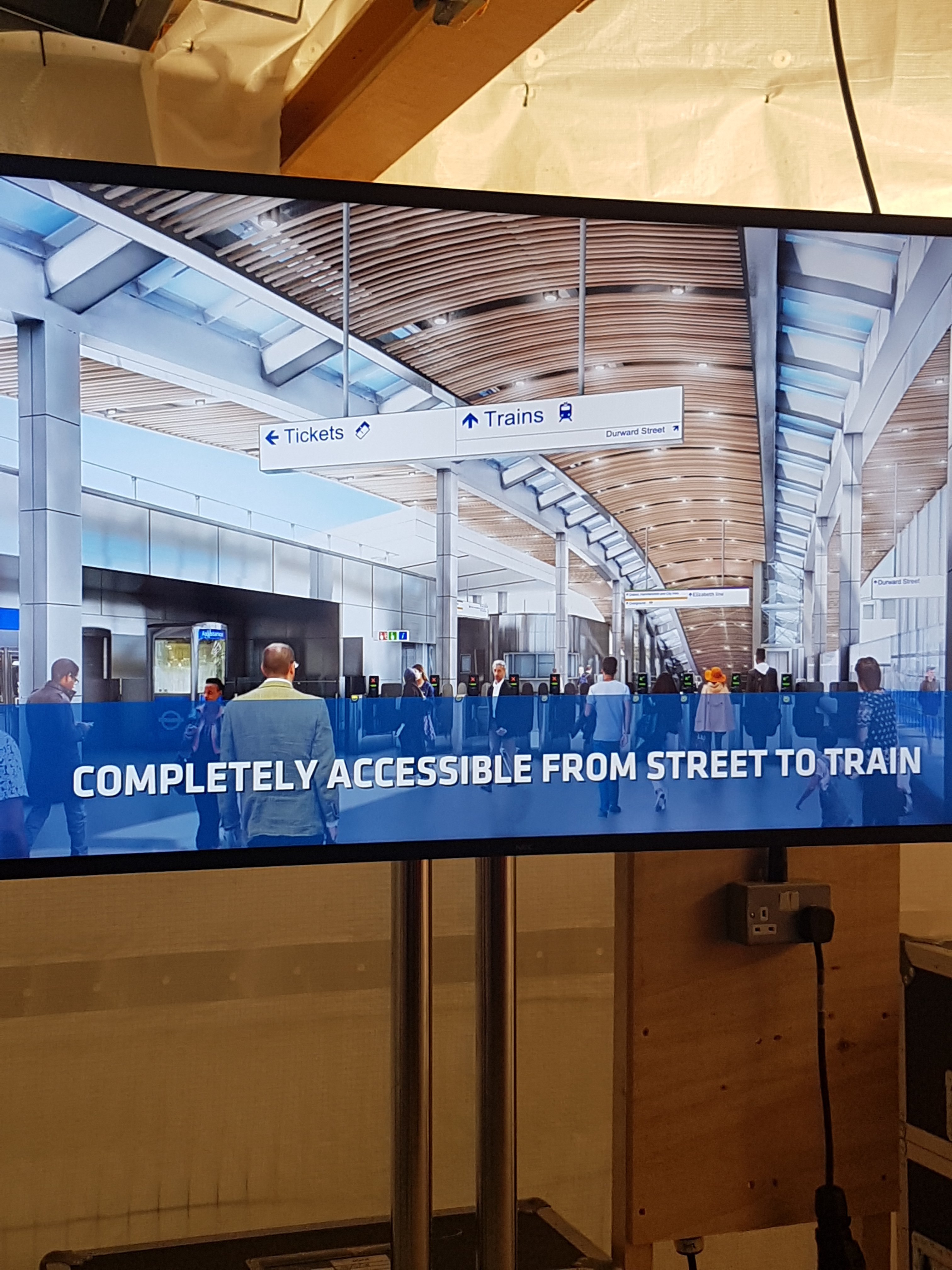A few months ago, the London Assembly Transport Committee held a consultation aimed at investigating ways to improve London’s railway network to make it more efficient, more accessible, and fit-for-purpose. Not counting organisations, I was one of 11 members of the public to submit a written response to the consultation, which you can read in my previous post located here. Yesterday, the final report was finally released. While it does contain good recommendations to achieve a network that is reliable, welcoming, and that has metro-like frequencies, I found the report to be lacking in detail and its proposals for accessibility were far below what I expected.
Improvement Recommendations
The report, which you can access here, highlights a number of different recommendations meant to improve the quality of London’s railway network, ranging from better services, more step-free access, more integrated stations, and a single rail strategy for the capital. Some of these topics have been brought up several times before, including TfL’s wish to take over most of the suburban routes inside London, the need for “metroisation” of these routes to ensure higher capacity and reliability, and the importance of Network Rail and TfL having a joint approach to the development of the network. One only needs to look at Moorgate, where every line will become step-free except the non-TfL one, to see that these two bodies are quite terrible at collaborating and communicating effectively.
A novel idea is that of a “Healthy Station Charter,” which would set standards involving factors such as general accessibility, the degree of integration with other forms of transportation, and the overall atmosphere of a station. Further emphasising the importance of local stations, the report recommends that every station should have dedicated engagement with rail user groups, which are made up of passengers themselves. This would give passengers a direct point of contact and allow them to give feedback and be involved with proposed changes and improvements.
Accessibility
Unfortunately, there is not much detail in this report, particularly when it comes to accessibility. The report’s recommendation on accessibility centres around TfL pressing the Department for Transport to increase the amount of funding allocated to the Access for All programme, arguing that all major priority upgrades should be delivered in 5 years (no word on whether Moorgate, the UK’s largest inaccessible railway station, would count :P). While this is obviously very important, I was quite shocked that there was minimal mention of the importance of staffing and zero mention of level boarding provision!
Staffing
The report notes that TfL staffs all stations from first to last train, but fails to make the case that ALL London stations should have this level of staffing. No amount of increased Access for All funding will make step-free Brentford a more attractive station to use if there is no station staff available to assist and the lifts are only turned on for the 4 hours the ticket office is open. It may take many years before TfL takes over the majority of suburban routes, so it is disappointing that the London Assembly does not consider that one of the biggest barriers to accessibility is staffing.
Level Boarding
Regarding level boarding, it is quite striking that Transport Committee chair Caroline Pidgeon, who recently slammed Crossrail for using high platforms through central London as this would prevent level boarding in the outer network, does not feel that this issue is important enough to mention in this report. Everyday I see countless tweets from disabled passengers being repeatedly failed by staff assistance. But the thing is, most of these incident don’t take place at unstaffed rural stations with poor connections. They take place at stations like Euston, King’s Cross, and Waterloo, all of which have tons of staff members yet also countless occurrences of passengers missing their service or becoming trapped in the train.
There needs to be a clear strategy to achieving widespread level boarding in London. For all the talk of joined-up thinking advocated by the report, it is astonishing that “matching up the trains to line up with the platforms” does not seem to apply. And yes, as I get repeatedly reminded, platforms in the UK are far from standardised despite the 915 mm platform height standard. But here’s the thing: there are NO plans to have level boarding platform humps/high platforms anywhere on the existing network other than at the selected few stations that have segregated services and uniform trains (core sections of Crossrail, Overground, Thameslink, Heathrow Express, HS2). Keeping that in mind, there will NEVER be widespread level boarding with a 1100 mm train floor height, so why do we keep accepting this?!?!
If the rail industry did move to a low-floor standard train design, it is true that a non-negligible number of stations would still not readily allow level boarding due to very non-standard platforms and would need ramps. However, looking at Greater Anglia, whose upcoming Stadler Rail trains will automatically allow level boarding at 70% of stations, this situation would be a million times better than what we have now. The remaining stations could then be slowly upgraded over time, similar to how Merseyrail is undergoing platform upgrade works for its own Stadler Rail fleet.
Final Thoughts
In conclusion, the Transport Committee is right to call for improved stations and services, as well as a central rail strategy that focusses on London’s priorities, but as long as it fails to address the need for all passengers to travel independently, the “Broken rails” network will continue to exist for many.

